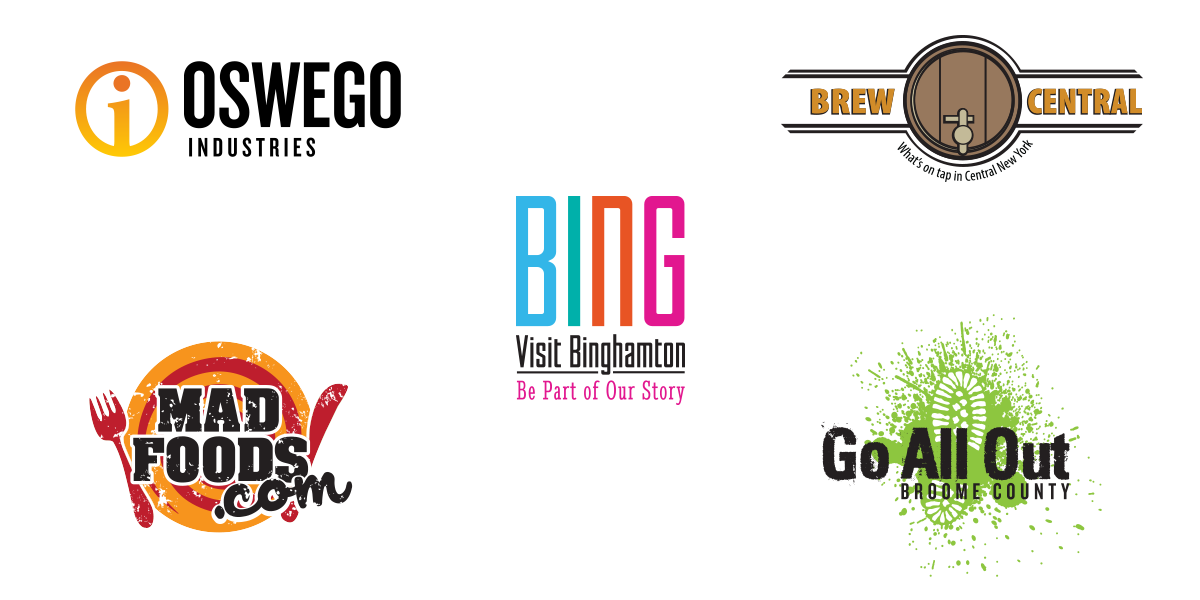 •
•
Quick: When you think of the word “logo,” which is the first to come to mind?
Is it the Nike Swoosh? The Golden Arches? Coca-Cola?
Those have been noted as some of, the, most memorable brand IDs of all time. But, do you know why?
First of all, let’s establish that a brand and logo are not one in the same. A brand is more of a statement, but perhaps even more intangible than that. We like to think it’s what people say when you’re not around.
A logo is simply an expression of a brand. It puts a face to a name.
Very, very often, it’s the first thing that comes to mind when people think “marketing” or “advertising.” And, yes, it is one of our favorite pieces of marketing. Logos and taglines are a fun challenge for designers and copywriters.
The general public loves a good logo as well. You see it, you associate it with a brand, and if you find it particularly clever or pleasant enough, you’ll do business with that brand.
Obviously, every logo can’t be a Google, Microsoft, Pepsi, Amazon or Starbucks – you just pictured each one of those as you read that, didn’t you? But, some logos are definitely more memorable than others and there is plenty of reasons for that.
There are a few basic principles that go into logo design that give brands their best chance to be remembered. A few that come to mind are:

Make It Relatable
A logo should be interesting and appealing; something people can connect with and recognize as they see it more and more.
It should hint at what an organization does, who they are or what makes them different. It should be original and have something unique about it that will create interest.
Think Apple: without the “byte” out of it, it would be a pretty boring piece of fruit.
Keep It Simple
A logo shouldn’t be overly complicated and try to do too much. Simple is better.
Think Target or Zippo: both simple with strong identities. The more complicated a logo is, the more difficult it is to identify with.
How simple can a logo be? Think Nike or Twitter: These logos no longer need a name, because their emblems identify who they are.

Set the Mood
Color is very important, each has a meaning and can affect how we feel about things.
Color represents the logos connection with its customers. Is it friendly? Serious? Fun? Different?
Too many colors can complicate things (once again, simple is better). Some colorful logos do have their place in the world, but the most recognizable logos aren’t rainbow flavor. The strongest logos are usually one or two colors. It’s a good rule of thumb to make sure it can still work as one color if it had to be for a specific application.
What makes a logo memorable (or hideous) to you? Any favorites (or atrocities) I didn’t mention? Leave a comment below!
 About The Author
About The Author
Mike came to ABC after working his way through the design grind and up to positions at two of the area’s largest ad shops.
After a decade of toiling in the typical agency model, Mike began searching for an alternative environment where his creative ideas, superior talent and good humor could be fully realized. ABC, its nontraditional makeup and idea-first philosophy proved to be that place.
Mike and his team bring ABC’s ideas to life across print and digital platforms. He oversees all creative production from concept development to delivery at ABC, making sure the look and message are on point in every piece.